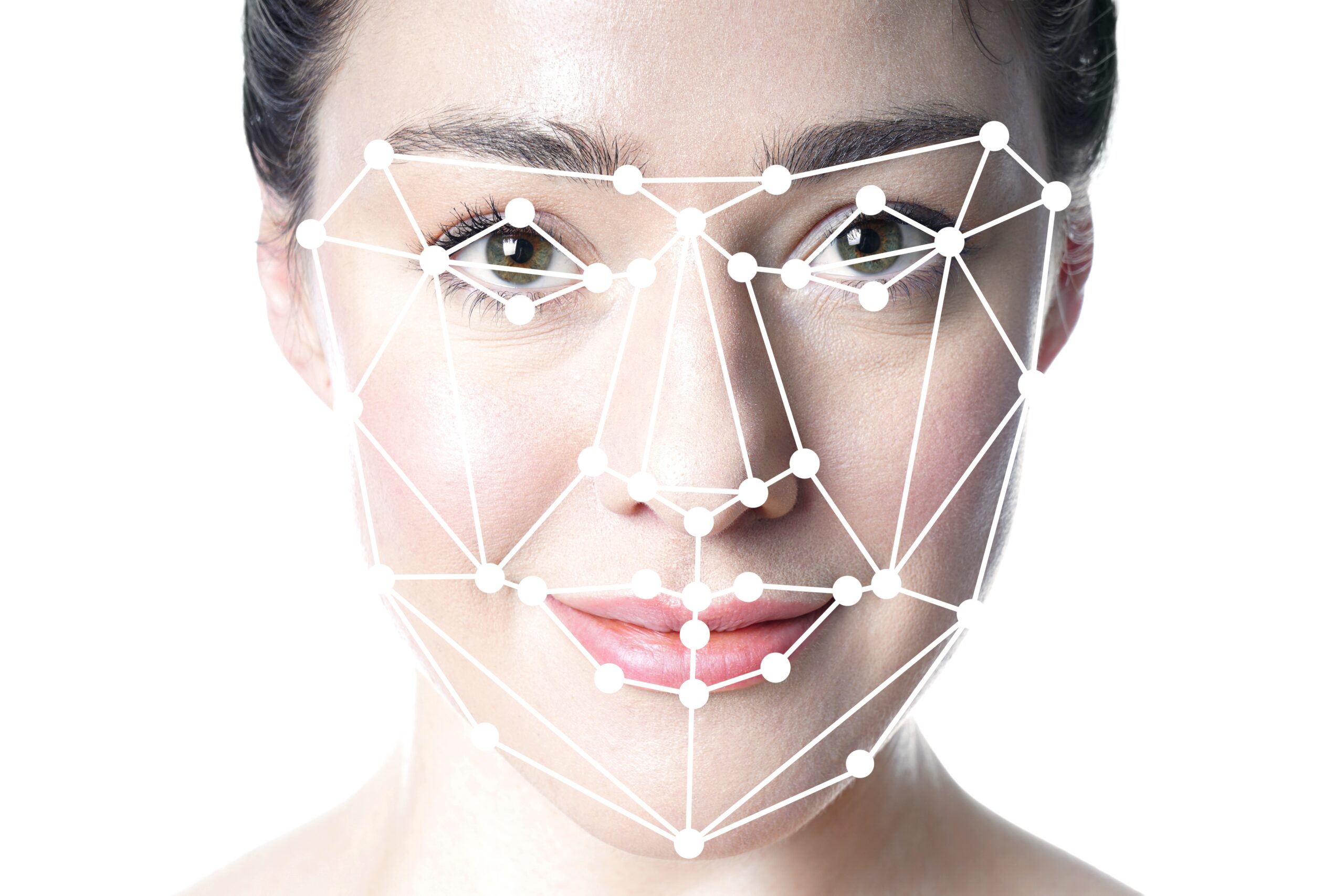
What you need to know about facial recognition security technologies
Businesses and people are now using facial recognition technology to make payments, bank online, and as a security feature on mobile devices. Despite its growing popularity, facial recognition remains controversial because of how law enforcement, private companies, and governments implement the technology. The fear? A lack of control, transparency, and regulation could do more bad than good.
But facial recognition has powerful benefits and is likely here to stay, particularly in the security sector, where it’s proven useful in many ways. So how can you benefit from the technology while using it responsibly?
The basics: how it works
Face recognition technology begins with a camera that captures images or video. Facial recognition software enables a person or organization to analyze people’s faces and look for a match. The process is broken down into three steps:
Detection
To detect if there is a face, the software scans either a photo or a video.
Analysis
Then, the software maps the face. This step is also known as attribution. The technology looks for the distance between the mouth and nose and between both eyes. It also looks at the depth of the eye socket, the shape of the cheekbones, and the contours of the chin, ears, and lips. Together, these features make up a person’s unique faceprint.
Recognition
Facial recognition software compares the faceprint to existing images in order to match the face of a person. Remember how Facebook suggests tags? Or how your iPhone identifies frequently captured faces in your photos and creates albums of them? That’s facial recognition in action.
For facial recognition software to succeed, you need to train it. You do this by feeding it a large, high-quality amount of data—in this case, photos or videos of people—so it can learn and generate the most accurate results.
The pros & cons of facial recognition
Embracing and investing in facial recognition technology requires going in with both eyes open (pun intended). Understanding the benefits and drawbacks of facial recognition technology is the first step to using it responsibly.
On the pros side, facial recognition technology offers many security advantages:
- Protecting your belongings and privacy with access control on personal devices, such as phones and tablets.
- Providing an additional layer of security with access control at personal residences, including in communities of the blind or low-vision.
- Scanning for repeat offenders or known criminals at businesses.
- Monitoring for suspects at large events, border crossings, and points of transit such as train stations, ports, or airports.
- Protecting customers from identity theft at BOPIS points-of-sale.
On the other hand, facial recognition software raises the following concerns for regulators and the public:
- Widespread use raises serious questions about privacy and lack of consent. Currently, no federal regulation restricts companies from collecting personal images online.
- Proprietary software and a lack of transparency make investigating the use of facial recognition very difficult and add to public distrust.
- Error rates in recognition can lead to false positives or negatives.
- Biases in software programming and the lack of review processes, checks, and balances create accuracy issues.
How we use facial recognition technology today
The technology is currently being used in many ways. Here are some examples of how different types of organizations are implementing it.
Government agencies
A 2021 survey of 24 government agencies done by the Government Accountability Office (GAO) reported that 18 of the agencies use facial recognition for one of three main reasons:
- Digital access or cybersecurity: Including allowing authorized personnel to unlock their agency-issued smartphones and to verify the identities of people accessing government websites.
- Domestic law enforcement: Helps to generate leads in criminal investigations by comparing their image against mugshots. In some cases, it’s used to help identify crime victims by using commercial systems—such as social media—that compare against publicly available images.
- Physical security: To monitor locations and determine if an individual is present, such as someone on a watchlist, or to control access to a building or facility.
Retailers
Retail theft has been on the rise since the pandemic, causing some retailers to use facial recognition technology to prevent repeat offenders. Besides security, other uses include:
- Enhanced customer service and loyalty programs: Identifying returning customers to offer them customized deals on items they have previously bought or shown interest in and create a personalized experience.
- Employee tracking: By recognizing staff, the technology can save time and money previously spent on the bulky process of signing in and out, tracking hours, etc.
- Self-service checkout and payment: Can be used during checkout to verify a customer’s identification and prevent possible fraud.
Other trends to watch for
- Driver monitoring: From monitoring a driver’s fatigue level to controlling a car’s access and settings, facial recognition technology will become more common in the driving experience.
- Content moderation: Identifying faces helps social media platforms automatically recognize and “tag” people in pictures, while also helping those platforms red-flag violent or inappropriate images or behavior.
- Home security: The same security benefits a business can see can also be applied to residential settings, making it easier to stop potential intruders while giving homeowners smoother, more personalized access options.
- Credentials: Identity theft is rampant, and credit cards, IDs, and passwords are constantly at risk. Stealing a person’s facial features is a much tougher task, making facial recognition a no-brainer as a security feature of the future.

